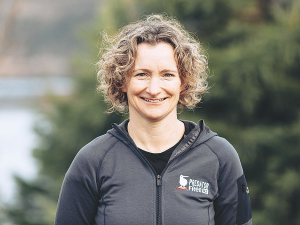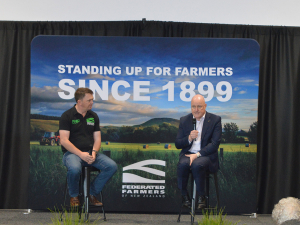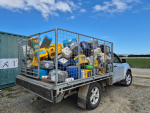That’s according to Jessi Morgan, chief executive of Predator Free New Zealand. She says many volunteers are working with the organisation “out of love for nature or the protection of their land”.
“We commissioned research into the predator free funding system last year, which revealed some changes to the system that could make a real difference,” Morgan told Rural News.
That report suggested there was a growing gap between the availability of support and demand. That gap was accompanied by the end of the Jobs for Nature programme which ran out of funding in 2024.
Subsequently, Predator Free 2050 Ltd, the Crown-owned company set up by then-Prime Minister John Key in 2016, was disestablished as part of Budget 2025.
The Predator Free New Zealand report suggested that without improved funding, the organisation could lose both the ecological and social gains already made.
Morgan says those improvements would include making funding grants easier to access and less burdensome.
She also says more long-term funding is required “so predator free groups can have the stability to plan for the future”.
Morgan says that introduced predators are most associated with the destruction they cause to New Zealand’s native wildlife.
“But farmers, too, bear the brunt of these mammals,” she says. “They cause many problems on farms, costing farmers time and money to fix. Rats, possums, stoats, ferrets, weasels, hedgehogs and feral cats can eat crops, spread diseases, damage equipment, and eat native planting.”
She says that one of the biggest issues farmers have when it comes to predator control is time.
She says it can be difficult for farmers to fit predator control into an already full schedule but upfront research, planning, trapping choices, and working with neighbours or a catchment group can make a difference.
“There is heaps of smart advice about how to work predator control into day-to-day onfarm work, for example, pulsing bait or setting possum traps at their most active times of year.”
Morgan says that, based on anecdotal evidence, it looks like the number of predators onfarm is increasing, adding that the organisation regularly hears tales of problematic numbers of feral cats, possums, and rats.
“Many factors contribute to this, including a reduction in the OSPRI TB possum programme, climate change, and milder winters resulting in better breeding conditions. Farmers are struggling to keep on top of predators as their numbers surge,” she says.
She says there are many ways to get involved in predator control.
“Whether you live in a city, town, lifestyle block or farm, we’ve got something to help you get involved – practical advice, info on community groups in your area, or even bird memes.
“Tell us your stories and challenges. Your experience helps us look into useful advice, connect you with experts and spotlight great work happening around the country,” Morgan concludes.

















